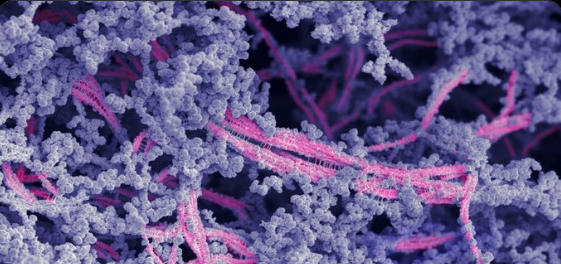In orthopedics, enhancing damaged or deteriorating cartilage has long been a challenging goal. A recent breakthrough in laboratory research is set to revolutionize joint care and could potentially reverse the effects of aging on joints.
Cartilage Regeneration Breakthrough Ushers In a New Era of Joint Health | https://t.co/QWu33NQnut
— SciTechDaily (@SciTechDaily1) August 5, 2024
Cartilage stops growing once the body reaches maturity around age 18. As people age, this thin layer of tissue that cushions joints gradually wears down, leading to pain and mobility issues. Dr. Samuel Stupp, a materials scientist at Northwestern University, explains the difficulty: “Cartilage doesn’t regenerate easily after full development, and damage leads to significant pain and movement problems.”
This challenge has driven extensive research into cartilage regeneration. From surgical techniques to stem cell therapies, medical professionals continuously seek effective ways to repair joint wear and tear. According to Dr. Stupp, “Cells alone aren’t sufficient; a supportive matrix is essential. Our material provides that matrix.”
After decades of research, Dr. Stupp and his team developed a promising bioactive substance. This gel-like material, composed of peptides, proteins, and polysaccharides, does more than just fill gaps in cartilage. It actively communicates with cells, prompting them to regenerate cartilage tissue.
Testing on sheep has shown remarkable results. Dr. Stupp notes, “Sheep, being nearly as large and heavy as humans, serve as an excellent pre-clinical model. We removed healthy cartilage, filled the defect with our material, and after six months, we observed authentic cartilage regeneration in the defect area.”
#Sciencebreakthrough. For all of those with knee problems and #osteoarthritis this is big news #cartilageregeneration https://t.co/SUl7ZHdHmq
— Trees (@VaccaRules) August 6, 2024
The success in sheep suggests significant potential for human applications. The next step involves testing the substance on small cartilage defects, such as those from sports injuries or trauma, with the ultimate goal of preventing the need for total joint replacements.
Dr. Stupp’s work heralds a new era in regenerative medicine, with the potential to transform how joint damage is treated and significantly improve quality of life for those suffering from cartilage-related issues.
Major Points:
- Researchers at Northwestern University have developed a new bioactive substance that can regenerate damaged cartilage.
- The gel-like material is made of peptides, proteins, and polysaccharides, and it communicates with cells to stimulate cartilage regeneration.
- Tests on sheep showed that the material successfully regenerated authentic cartilage in areas where healthy cartilage had been removed.
- The next phase involves testing the substance on small cartilage defects from sports injuries or trauma, aiming to prevent total joint replacements.
- This development could revolutionize joint care by providing a new method to repair and regenerate cartilage, improving mobility and reducing pain.
Al Santana – Reprinted with permission of Whatfinger News

